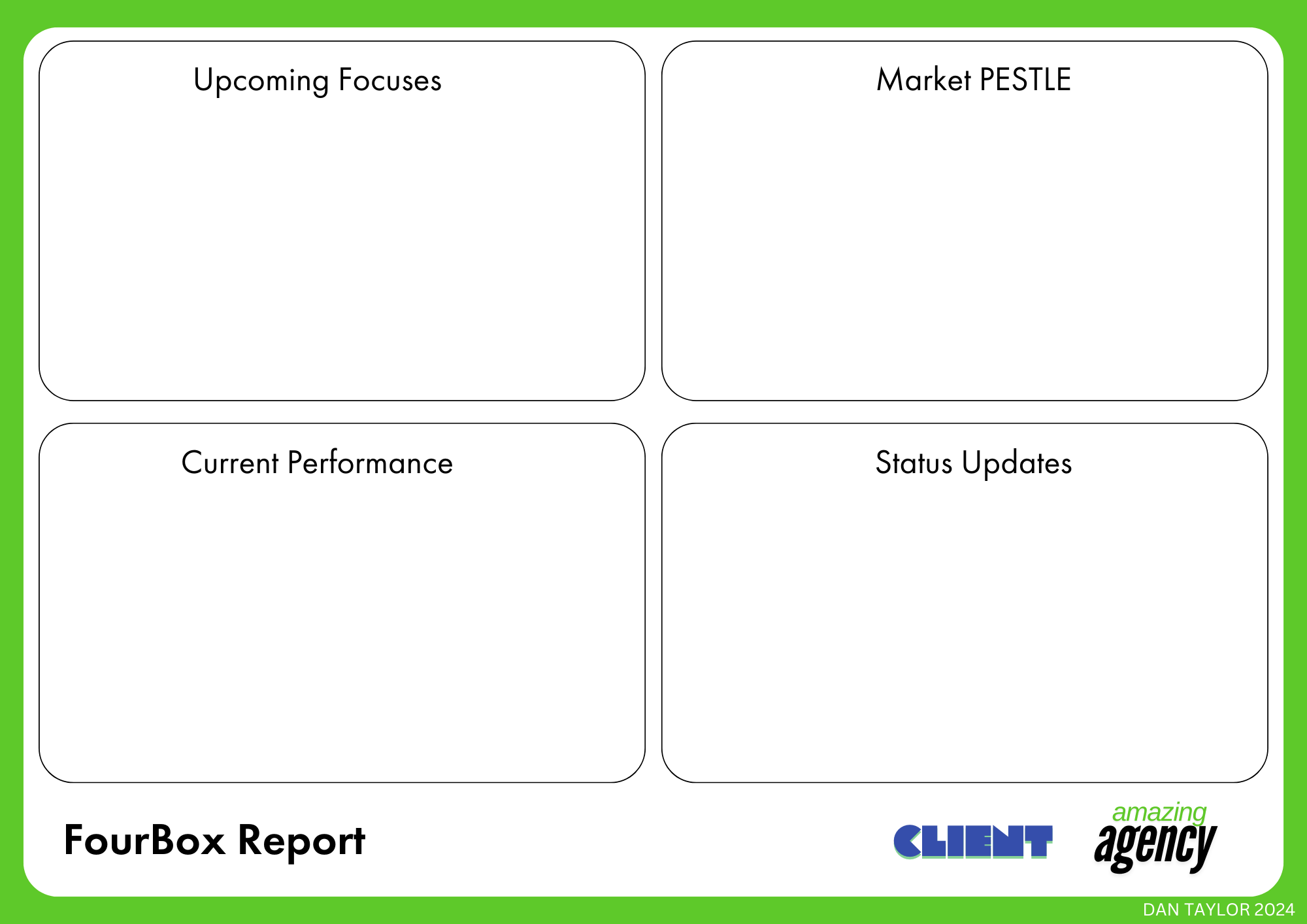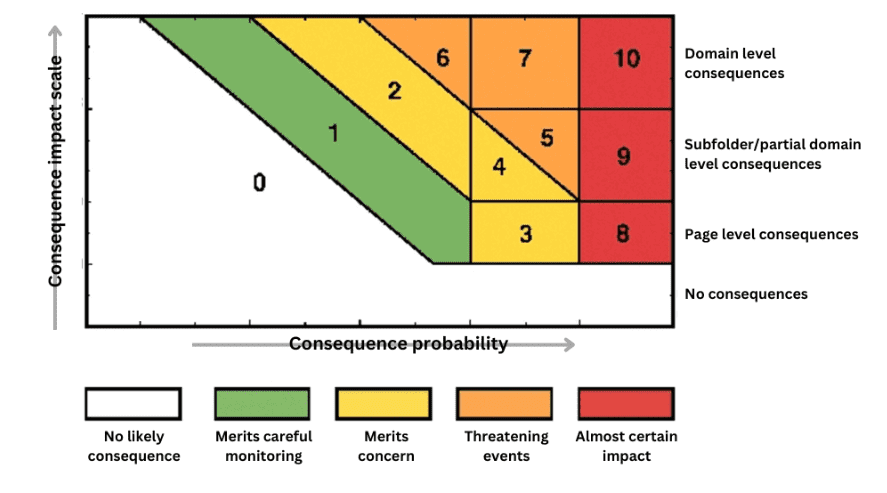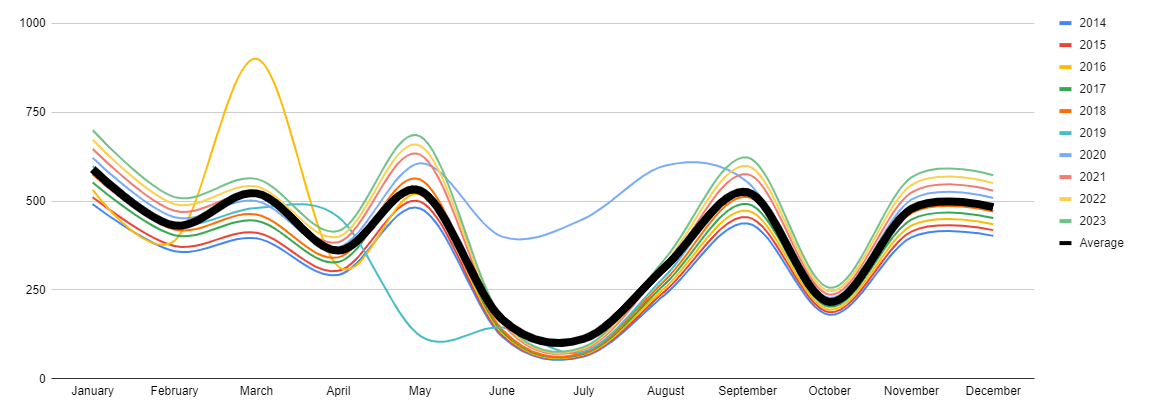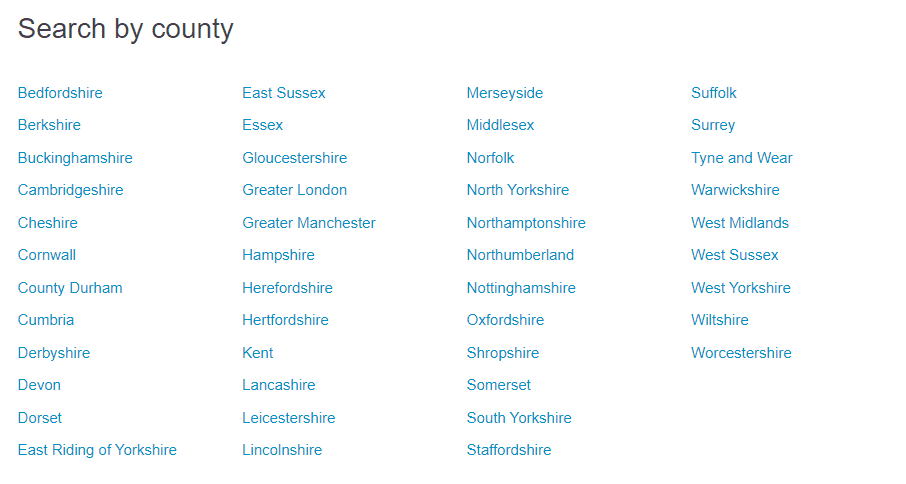Controlling Your Brand Position Online With SEO via @sejournal, @TaylorDanRW

As search engines become more AI-driven with Overviews and the rise of large language models (LLMs), organic search is still one of the most significant brand touchpoints.
Whether through Google Search or AI-powered tools, a user’s first interaction with your brand often comes from these online results unless they’ve encountered your out-of-home (OOH) advertising, such as billboards, bus stop ads, TV commercials, or sponsored segments.
Brand “activity” is often not considered part of SEO. However, integrating brand management into your SEO strategy is as essential as your offensive and defensive tactics.
You risk losing control over the narrative if you don’t actively manage your brand’s search presence.
A relevant example is when I presented at a conference in Qatar a couple of years ago.
A company there inquired about its presence in what was then Google’s Search Generative Experience (SGE). Google’s AI-generated response described its airport lounges as having some basic amenities but being overcrowded, noisy, and not offering good value for money.
Knowing how to control your brand’s search presence is essential not only for direct brand searches, but also to counteract potential negative perceptions.
Understanding Your Brand Position
Your brand position refers to how your company appears on traditional search engine results pages (SERPs) when users look up your business or brand terms. Understanding this allows you to take charge of your online narrative.
Unlike non-branded SEO, where companies compete for rankings, branded search is about controlling your message.
You aim to ensure search results display accurate, relevant, and brand-approved content rather than outdated pages, negative results, competitor ads, or misleading information.
For example, if someone searches for a company’s contact number and the top result directs them to a page with only a contact form and no phone number, they’ll return to the search results to find the information elsewhere.
Worse, they may come across incorrect phone numbers on third-party sites, leading to a frustrating experience.
Managing your brand’s search presence helps set the right expectations and prevents misinformation from harming customer trust.
Risks Of Losing Control Of Branded Search
If you don’t actively manage your branded search results, your business becomes vulnerable to several risks.
- Competitor Ads: Competitors may bid on your brand name through paid search ads, potentially diverting traffic from your website.
- Negative Press & Reviews: Google strives to provide a balanced perspective, meaning older controversies and unfavorable reviews can surface prominently in search results.
- Outdated Information: Old press releases, discontinued product pages, or outdated corporate details may rank highly and mislead potential customers.
- Third-Party Misinformation: Unverified details on Wikipedia, business directories, or forums can create a confused or inaccurate perception of your brand.
Key Areas Of Branded Search
To maintain control over your brand’s search presence, it’s crucial to understand the elements that influence your positioning.
Branded organic results include your homepage, blog, and key site pages, such as About, Contact, and FAQs.
Google SERP features and “decorations,” including Knowledge Panels, People Also Ask (PAA) boxes, and AI-generated Overviews, can impact your brand’s appearance in search results.
Knowledge Panels display automatically generated information about your business, while PAA boxes showcase common user queries.
AI Overviews and Featured Snippets pull data from various sources, and you can optimize these by providing structured data and authoritative content.
Strategies For Controlling Branded Search Positioning
Effectively managing your brand’s search presence requires a multi-pronged approach.
From dominating the top search results to optimizing third-party content and Google Search features, a comprehensive strategy helps shape your brand’s online narrative and protect it from negative influences.
If your brand name has multiple meanings (e.g., it’s also the name of a city), structured data, internal linking, and a clear site hierarchy can help reinforce relevance.
Ensuring your most essential pages rank at the top for branded searches strengthens your positioning.
Managing Google’s Search Features
Optimizing Google’s Search features is key in controlling how users perceive your brand online.
Google provides various search elements that influence user engagement, and fine-tuning these ensures that searchers find accurate, positive, and authoritative information about your brand.
Influence PAA Boxes & Featured Snippets
These elements appear prominently in search results and provide quick answers to user queries.
Structuring your website’s content to address common brand-related questions clearly and concisely increases your chances of being featured.
This helps mitigate misinformation and ensures users receive accurate details directly from your brand.
Optimize For AI Overviews
AI-generated summaries pull data from multiple sources. To ensure your brand is represented accurately, provide well-structured, authoritative content.
Implementing schema markup, maintaining clear and accurate information, and producing expert-level content improve your chances of being included in AI-generated search responses.
Monitoring & Improving Third-Party Listings
Third-party listings significantly influence how your brand is perceived in search results. It is essential to actively monitor and optimize these listings.
- Track Brand Mentions: Tools like Google Alerts help you stay informed about how your brand is being discussed online.
- Engage with Reviews: Responding professionally to positive and negative reviews builds credibility.
- Run Branded Search Ads: This helps counteract competitors bidding on your brand name.
Handling Negative Press & Search Results
Negative search results aren’t always an SEO problem – they’re often a public relations issue. The best way to counteract negative press is to generate enough positive coverage.
While achieving 100% customer satisfaction is unrealistic, brands can proactively shape perceptions by addressing common pain points and ensuring positive customer experiences before and after a sale.
A well-rounded strategy includes public relations, offline marketing, and brand-building activities like out-of-home (OOH) advertising. These efforts help establish a strong brand presence beyond individual product campaigns.
Measuring & Monitoring Brand Search Performance
Tracking brand search performance should be an ongoing process. Regular monitoring ensures you stay ahead of shifts in search trends and take action when necessary.
Branded Keyword Tracking
Use SEO tools such as Google Search Console or a third-party rank tracking tool to monitor branded search rankings over time.
Google Search Console
It helps distinguish between branded and non-branded search trends, offering insights into user behavior and traffic sources.
Google Trends
It tracks brand search interest over time, helping assess the impact of marketing campaigns and brand awareness efforts.
Monitor Search Features
Track your brand’s appearance in Google’s Knowledge Panels, Featured Snippets, and PAA boxes to ensure accurate representation.
Brand Sentiment Analysis
Beyond search rankings, monitoring brand sentiment provides deeper insights into public perception.
- Use Google Alerts & Social Listening Tools: These help track media coverage, customer reviews, and social media discussions that influence brand sentiment.
- Address Negative Mentions: Engaging with critics and amplifying positive content can help shape public perception.
Establishing A Reporting Framework
To maintain a strong brand presence in search, businesses should develop a structured reporting framework, comparing branded search performance monthly and yearly.
- Key performance indicators (KPIs) include branded search volume, click-through rates (CTR), organic visibility, and the prominence of brand-related SERP features.
- Aligning reporting efforts with these KPIs ensures relevant stakeholders stay informed about brand performance in search results.
Bottom Line
Branded search should be a proactive strategy, not a reactive one.
By optimizing your website, managing third-party content, leveraging Google Search features, and defending against competitor bidding, you can ensure your brand is accurately and positively represented.
Taking control of your search presence strengthens your reputation, trust, and market position, making your brand more resilient to external challenges.
More Resources:
Featured Image: fizkes/Shutterstock












